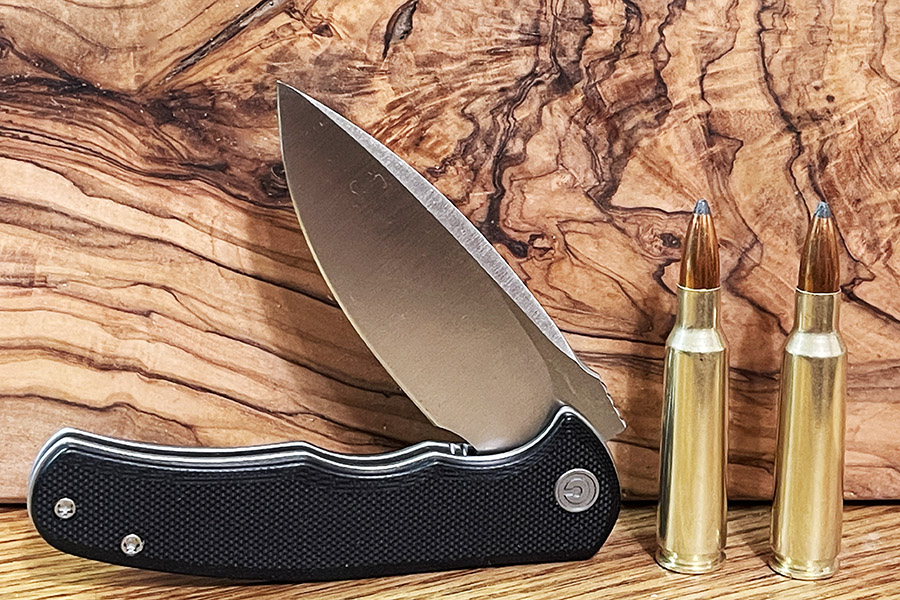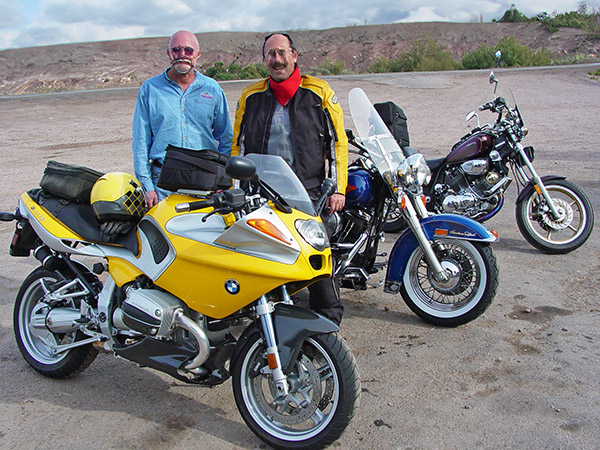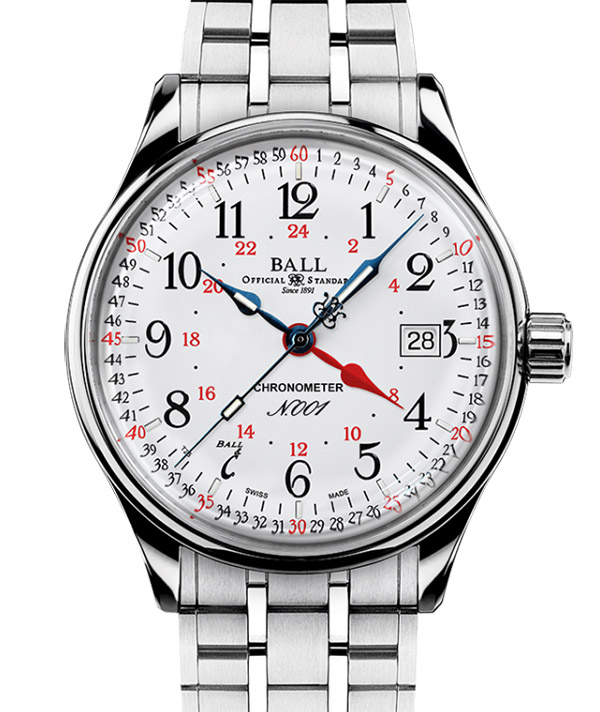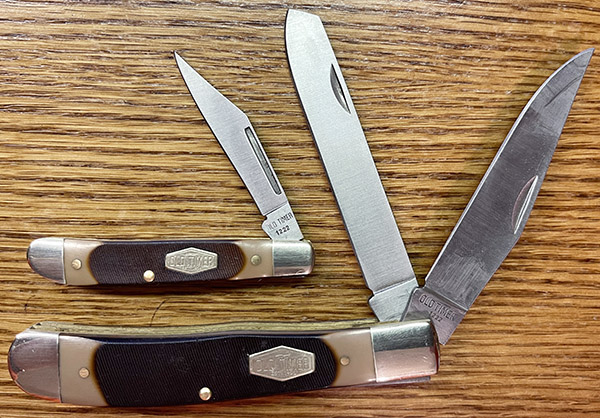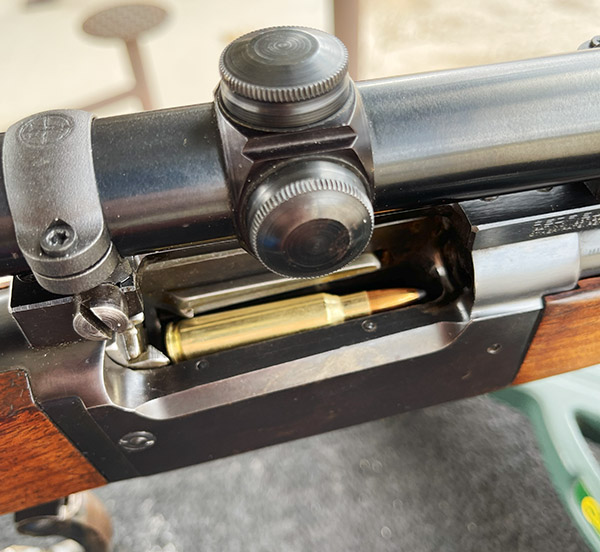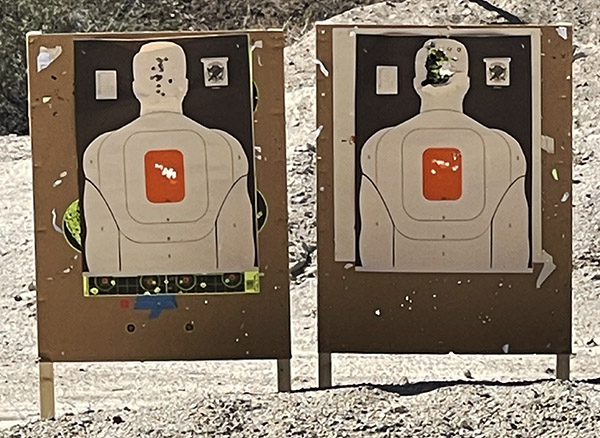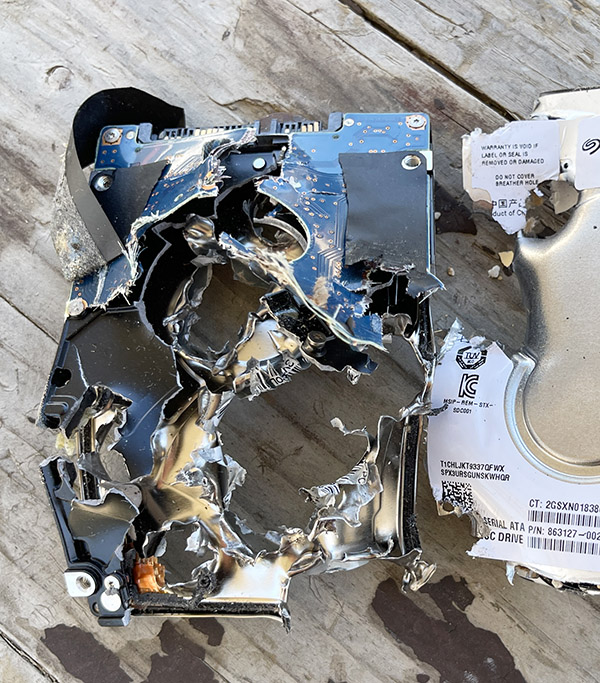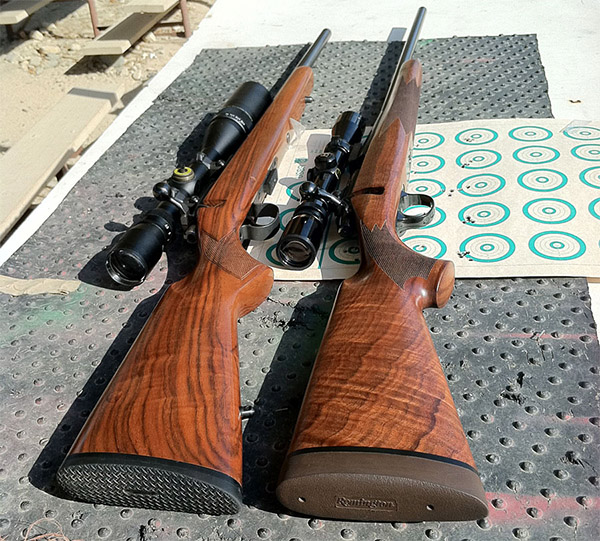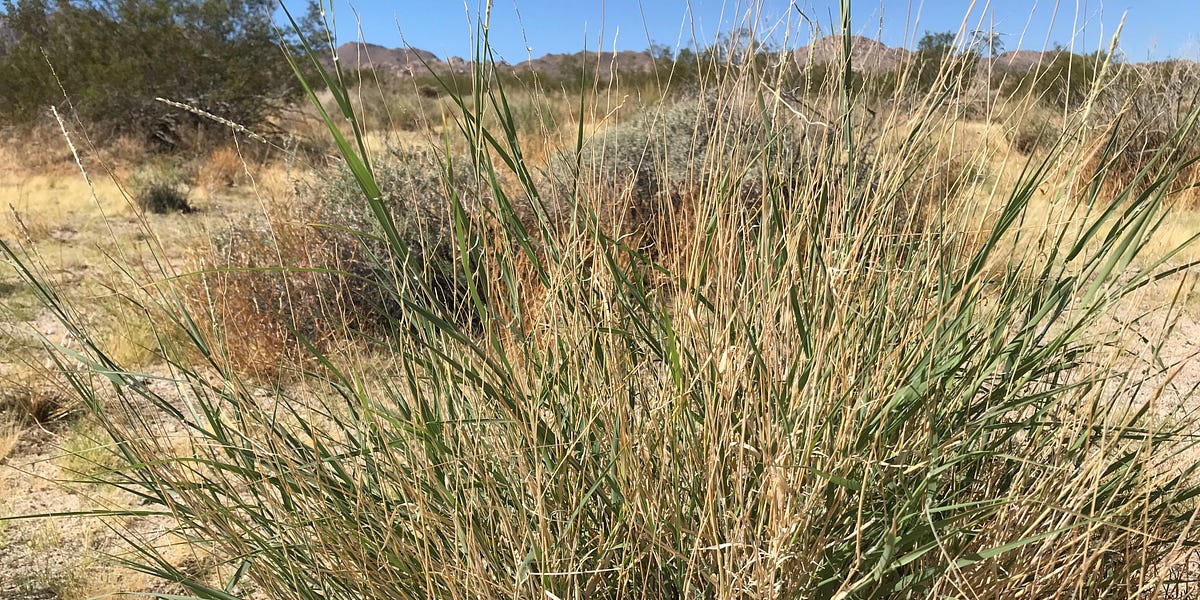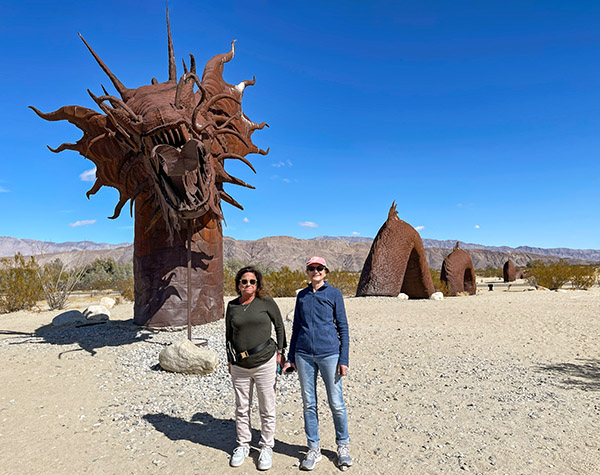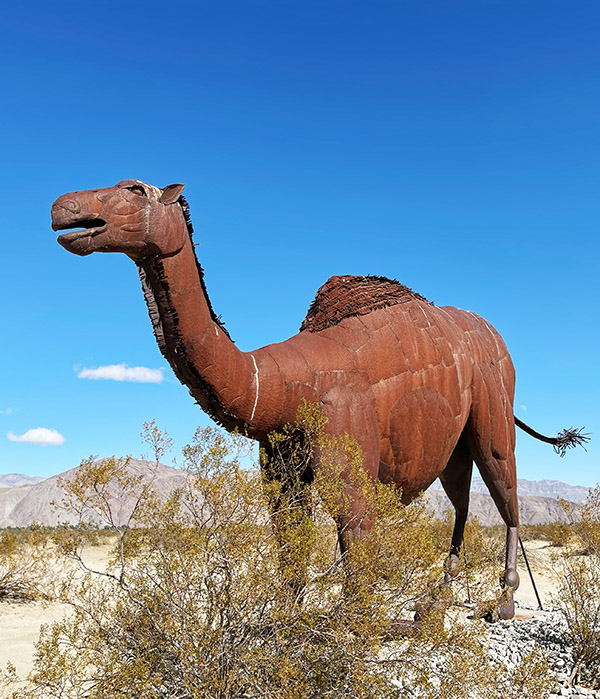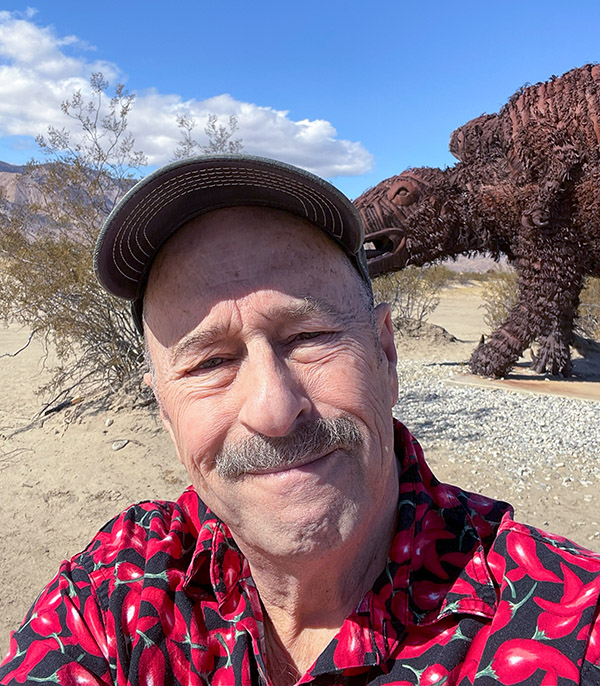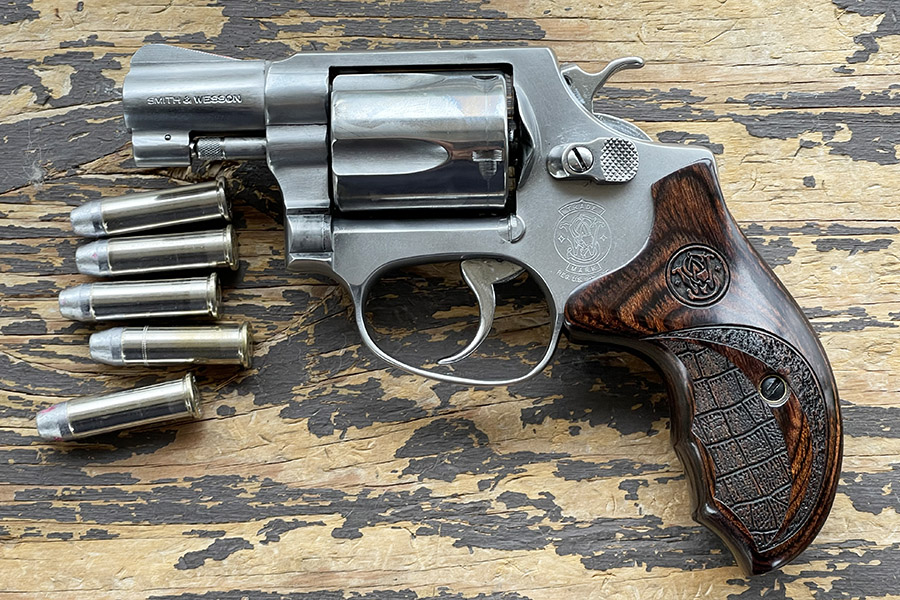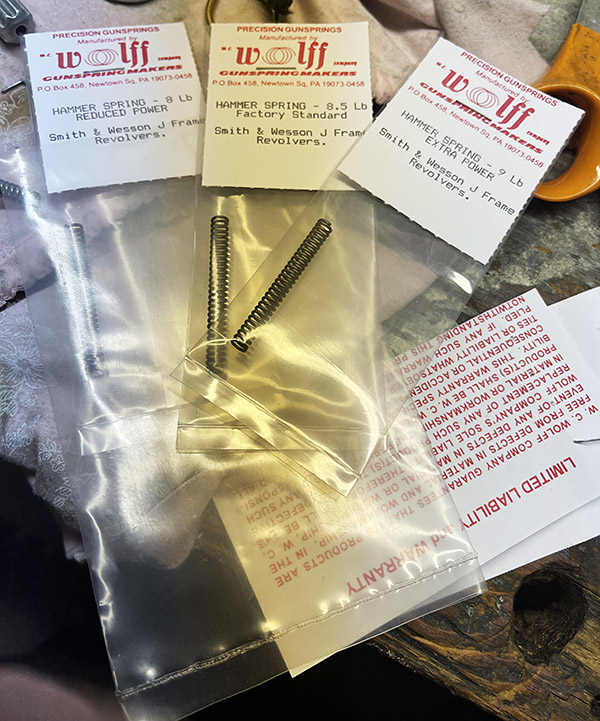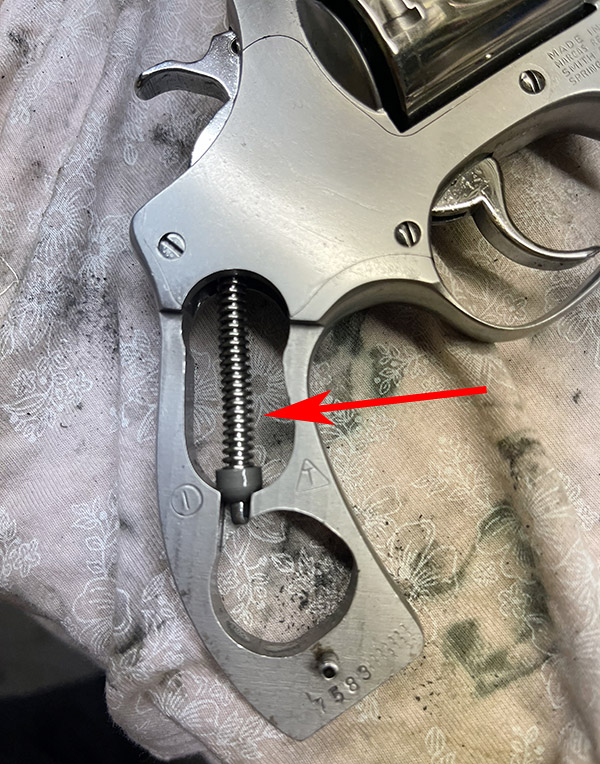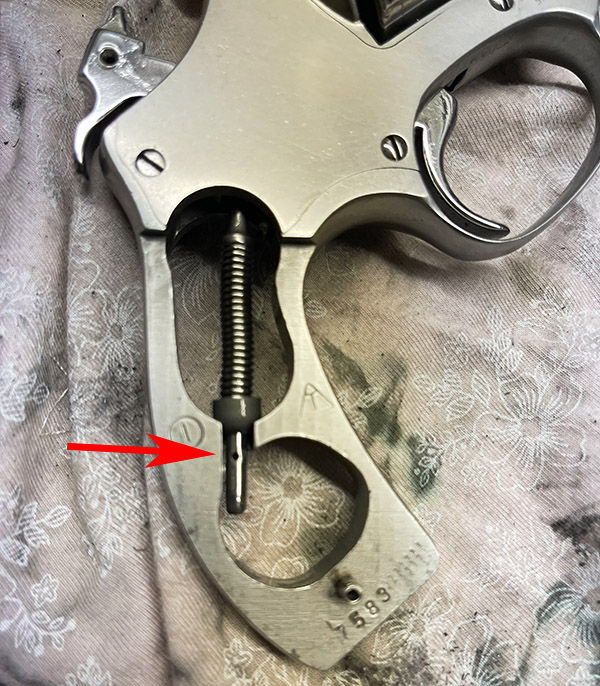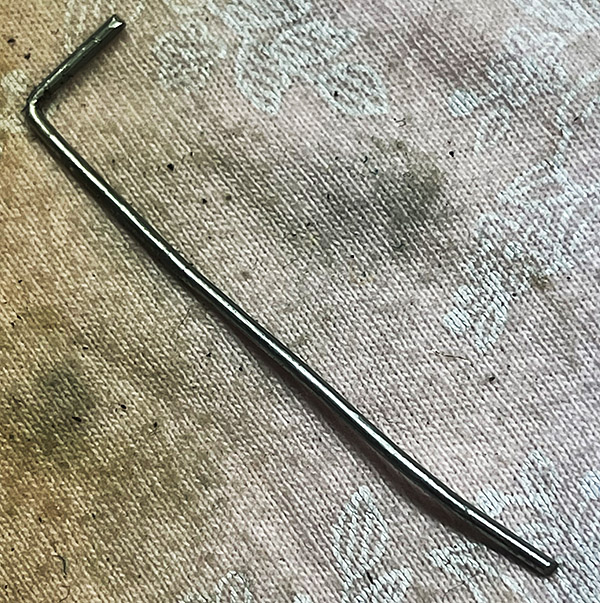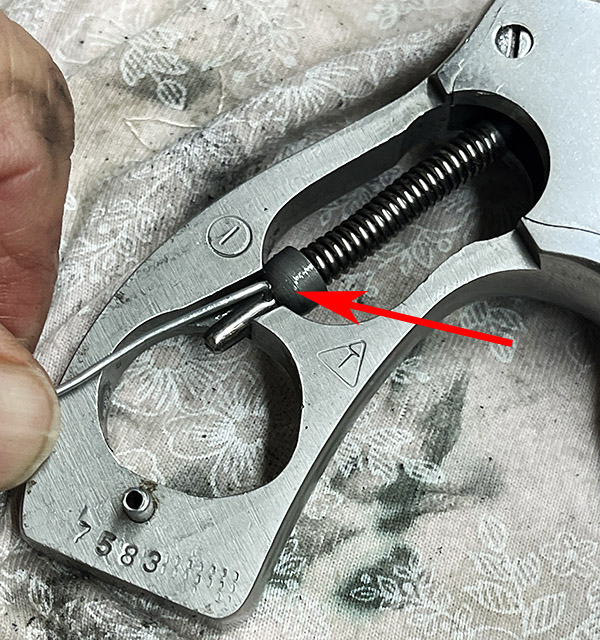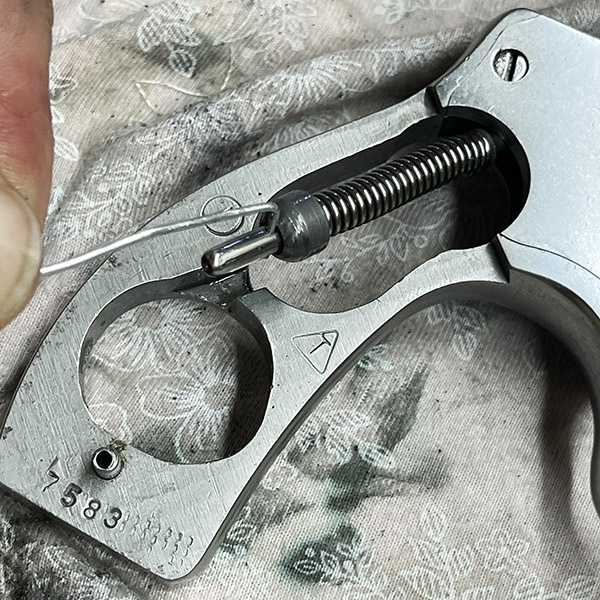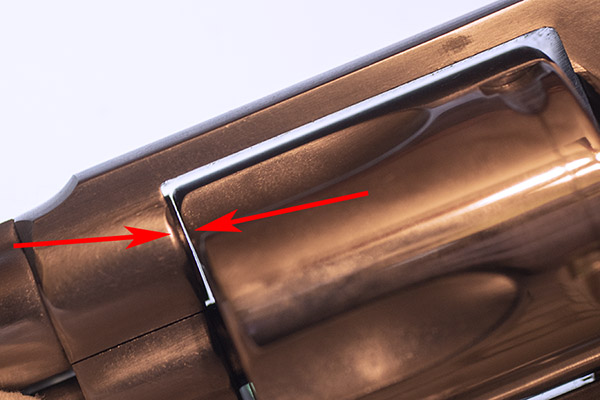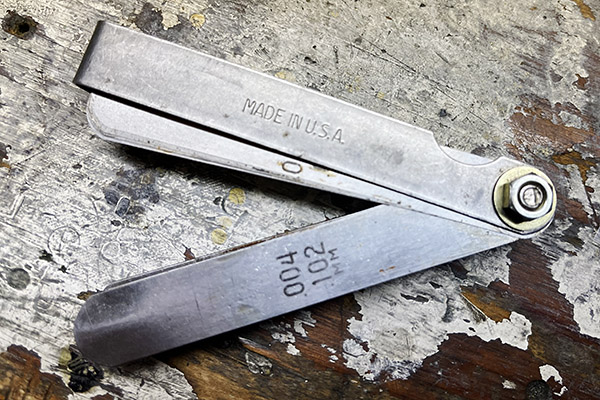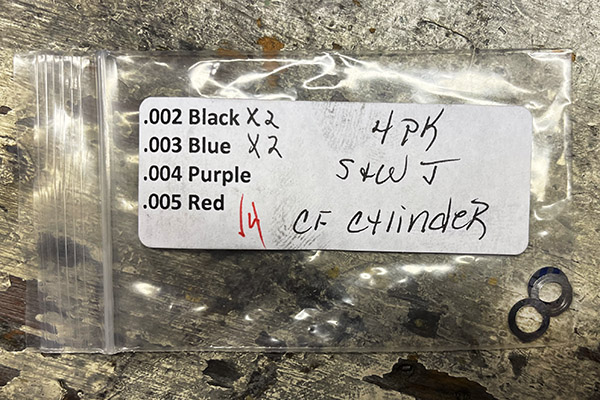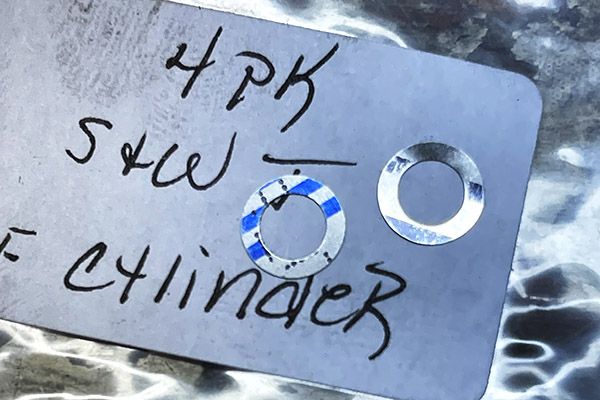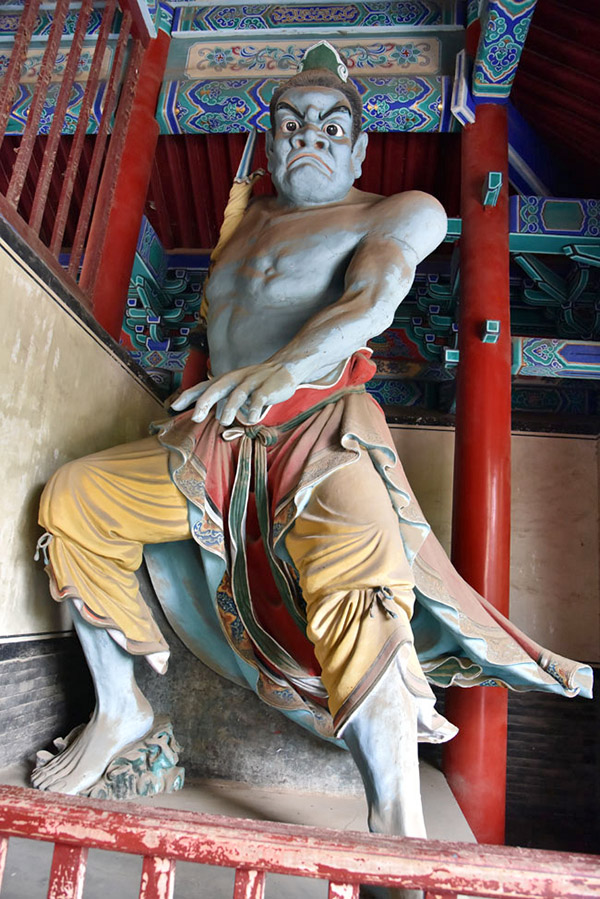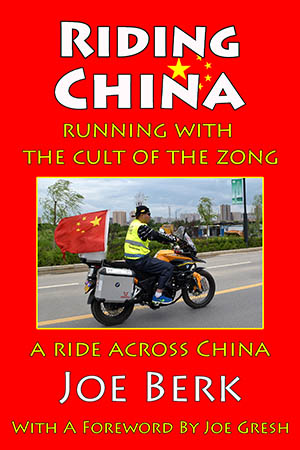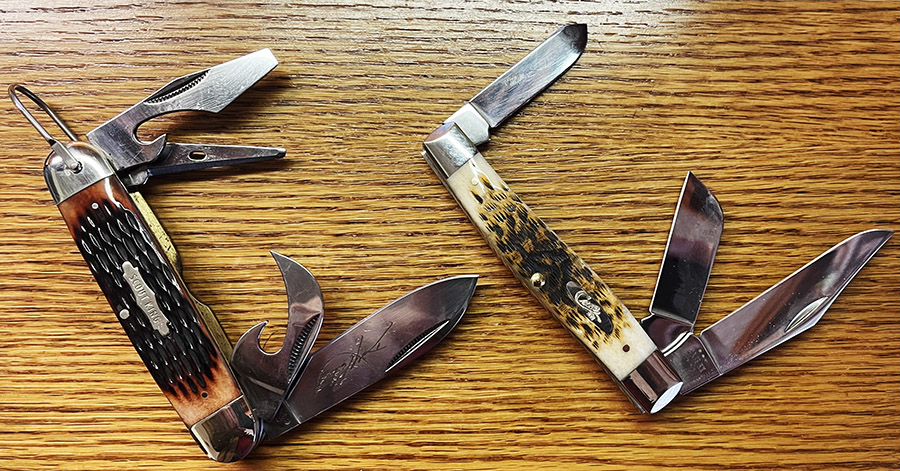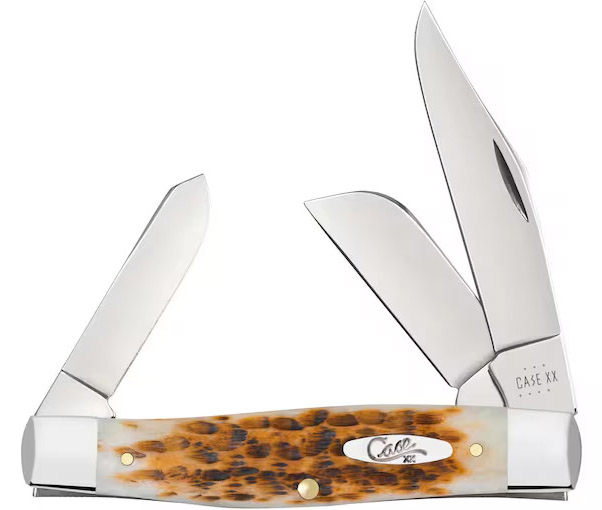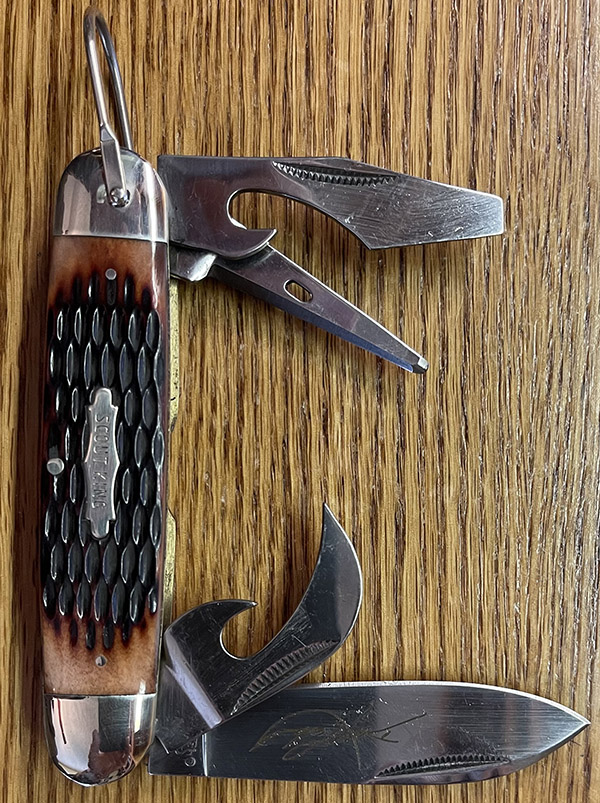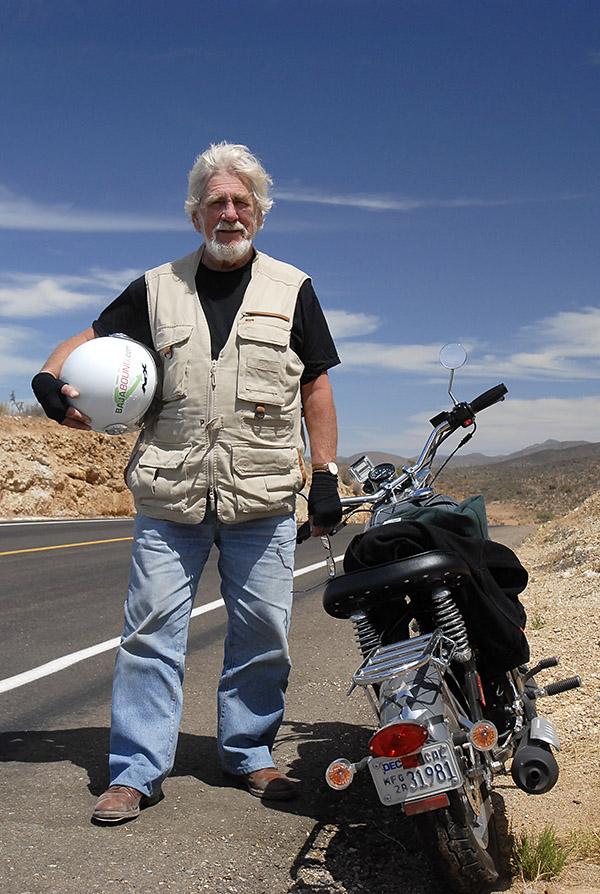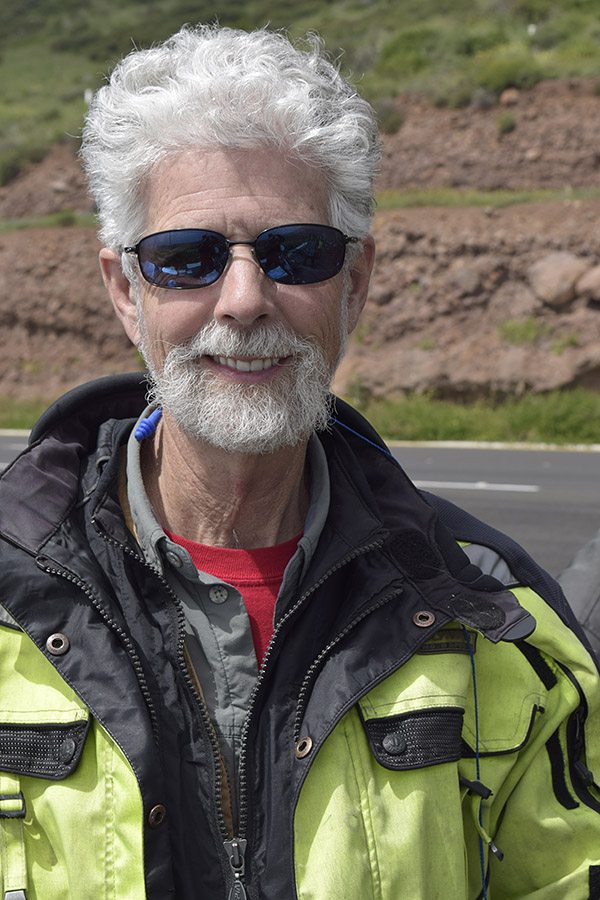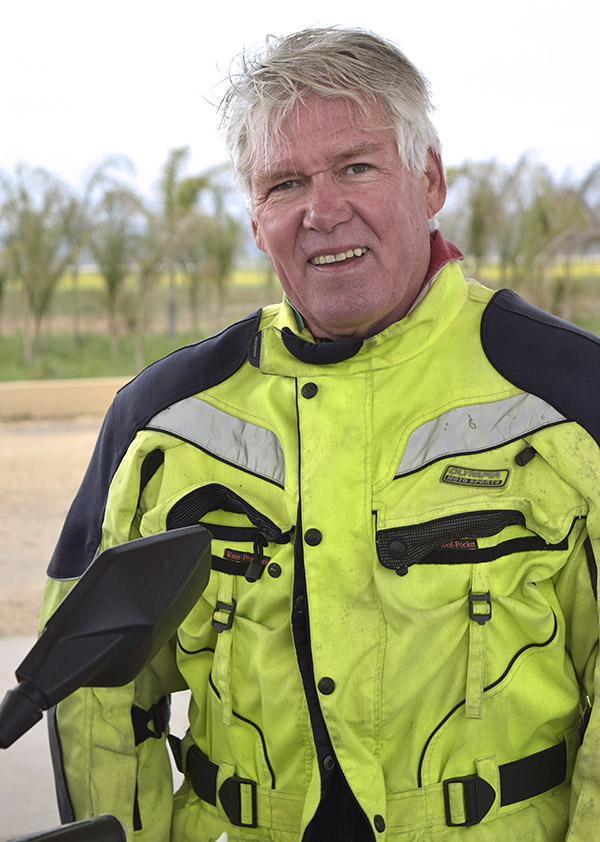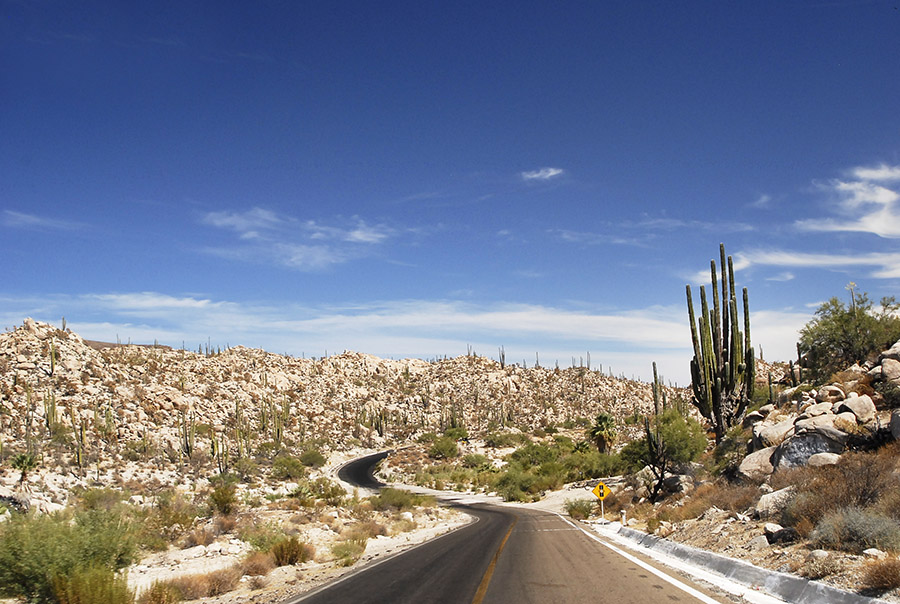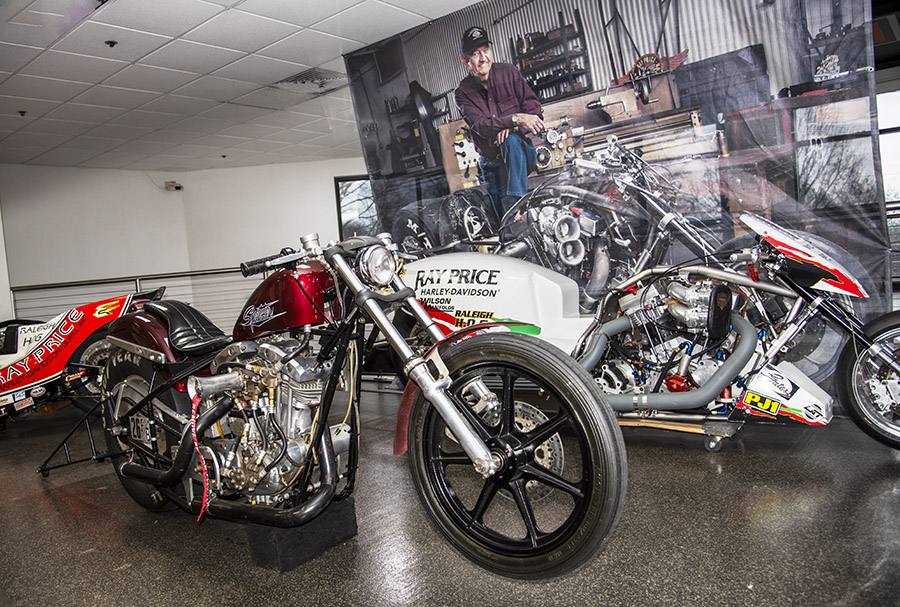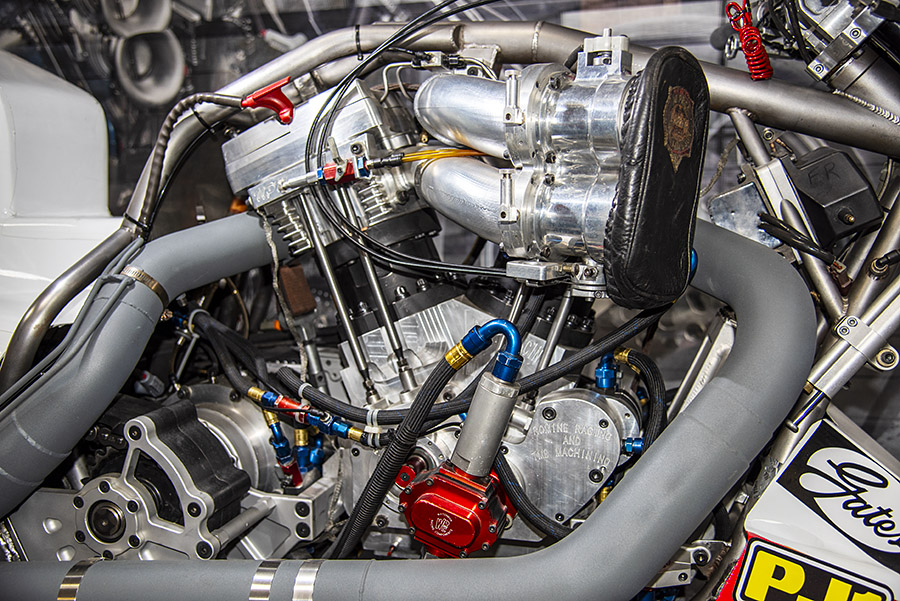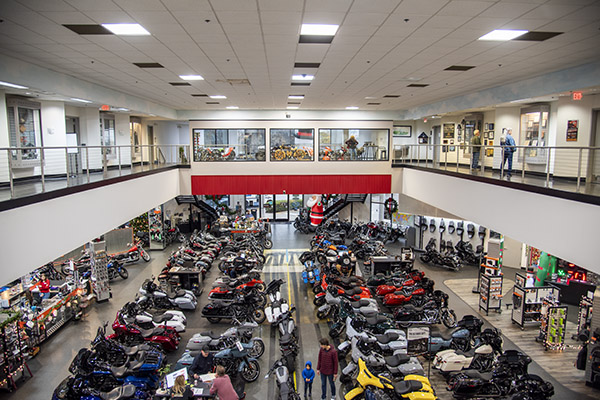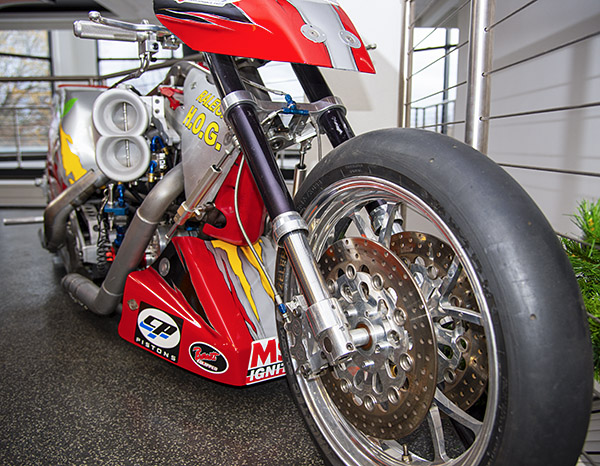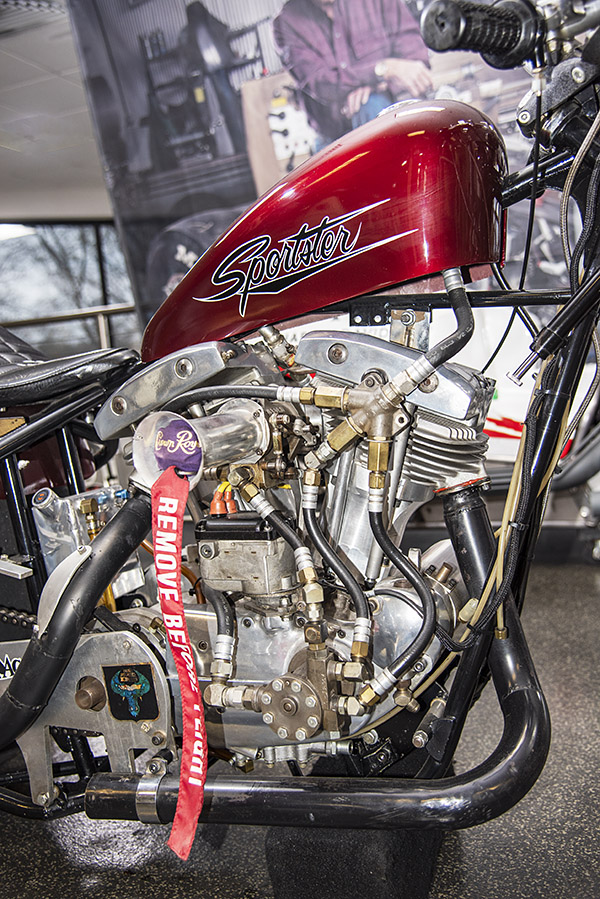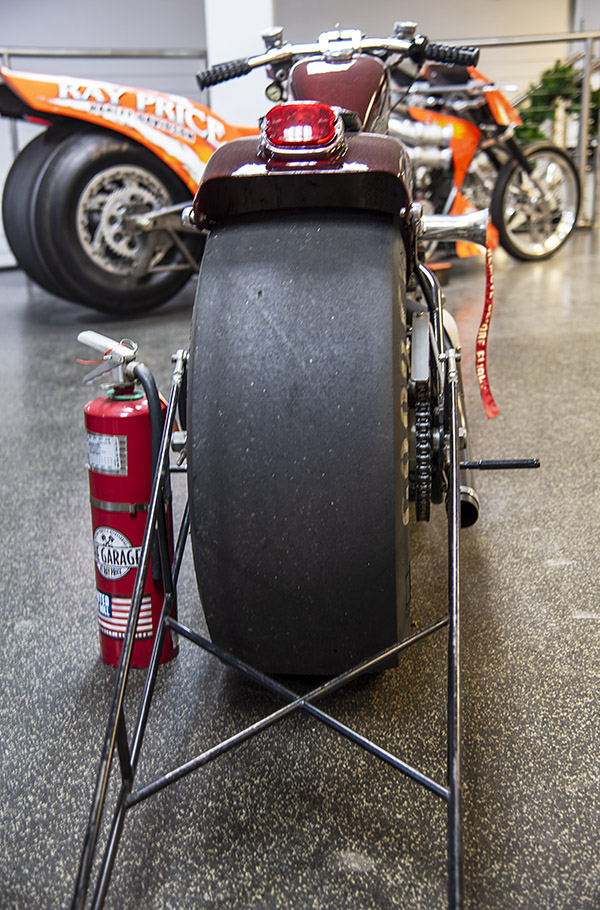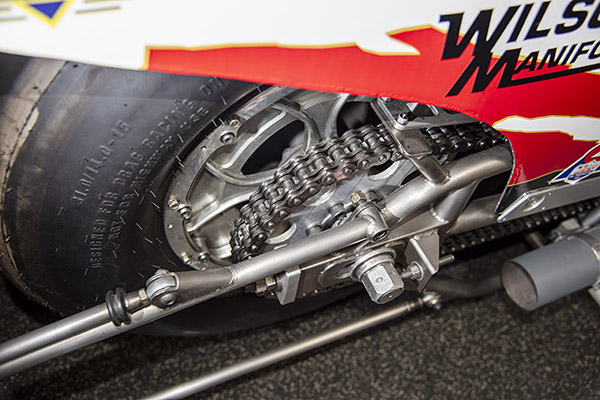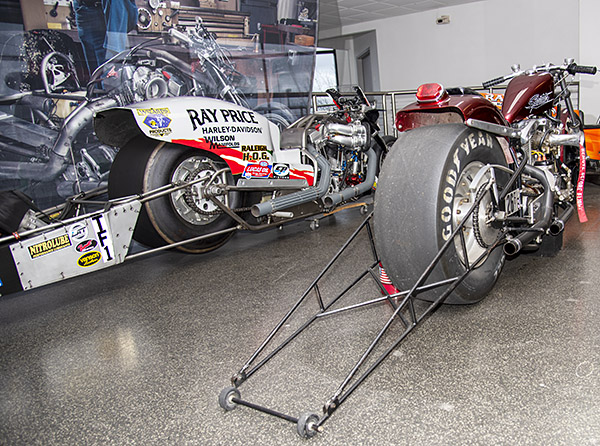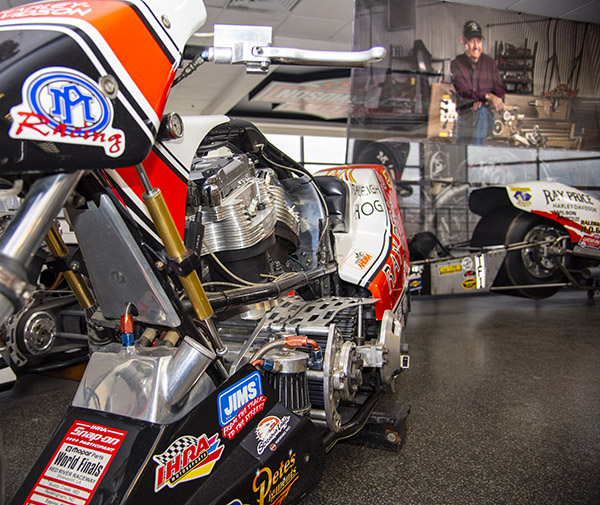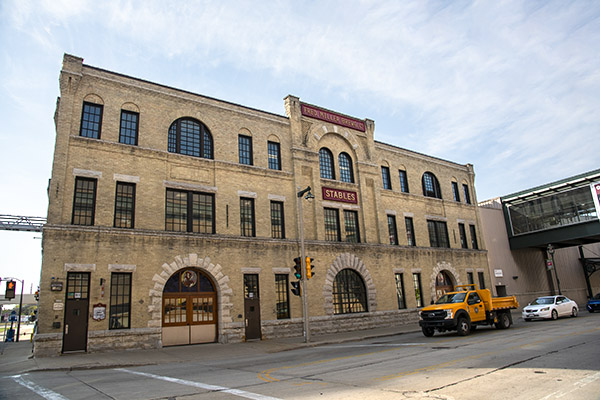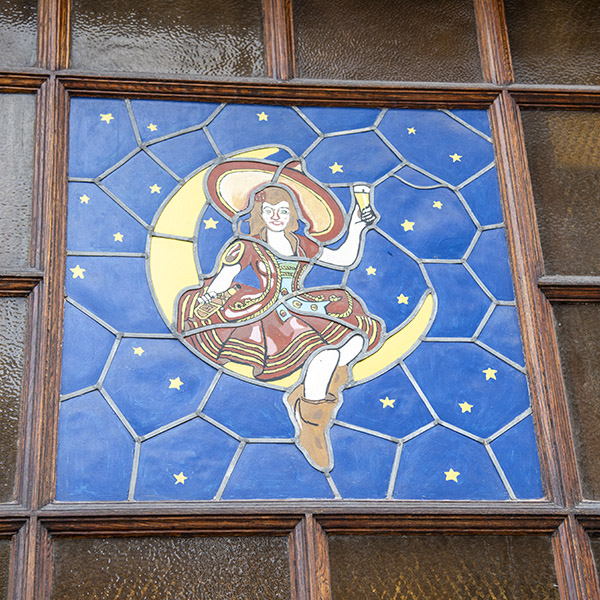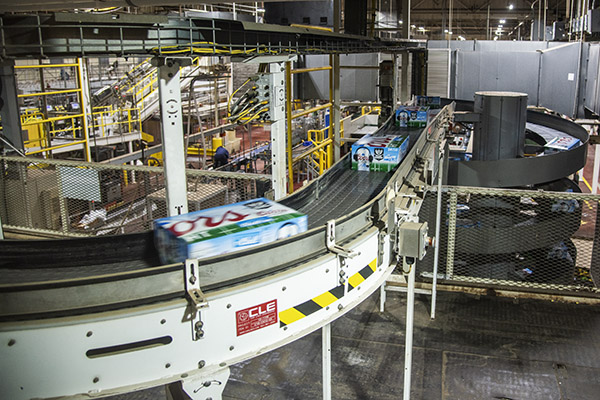By Joe Berk
Nvidia stock gains, artificial intelligence, updates to MSOffice…it all kind of came together for me in the last day or so. I confess: I’ve pretty much ignored all the hoopla about AI and I detest senseless change. You know, the change that occurs when computer programs are updated.
I resisted upgrading to Windows 11 for more than a year until I had to, and now I have to relearn a bunch of stuff (including new layouts) that appear to serve no purpose. My iPhone updated automatically last week and the email feature only showed incoming email by category (fortunately for me, I found a way to revert to the former layout that shows all email). MSOffice did the auto-update thing, too, and in addition to learning more new layouts, it now shows a weird little symbol at the start of each new document:

I clicked on that symbol, and it asked for a description of what I wanted Word’s AI feature to generate a story about. Folks, this is both amazing and scary. I first told it to give me a story about collecting pocketknives, and I was blown away with what came back. I opened a new Word document, and told it to generate a story about the 250-3000 Savage cartridge’s history, and I was similarly blown away. I’m going to show both stories here, but before I do that, I’ll give you my pledge: After these two examples, we’ll never run an AI-generated article on ExhaustNotes. What you’ll see after these two examples will always be pure us, warts and all.
The Art and Joy of Collecting Pocketknives
A Journey into a Timeless Hobby
Collecting pocketknives is more than just a hobby; it is a journey into a world of craftsmanship, history, and personal satisfaction. As a collector, you not only savor the thrill of the hunt for unique pieces but also immerse yourself in the rich stories each knife tells. Whether you are an experienced collector or a newcomer to this fascinating pursuit, there is always something new to discover and appreciate in the realm of pocketknives.
The History of Pocketknives
Pocketknives have a long and storied history that dates back thousands of years. The earliest known examples of folding knives were discovered in ancient Rome, where they were used as everyday tools. These early pocketknives featured simple folding mechanisms, often with bone handles and iron blades. Over the centuries, pocketknives evolved in design and functionality, becoming indispensable tools for sailors, soldiers, and craftsmen.
By the 17th century, pocketknives had become popular throughout Europe. In England, the Sheffield region became renowned for its high-quality cutlery, including pocketknives. The craftsmanship and innovation of Sheffield knife makers set the standard for pocketknives around the world. In the United States, the 19th century saw the rise of iconic names like Case, Buck, and Remington, which contributed to the rich tapestry of American knife-making heritage.
Types of Pocketknives
One of the joys of collecting pocketknives is the incredible variety of designs and styles available. Here are some of the most popular types of pocketknives that collectors often seek:
Slip Joint Knives
Slip joint knives are characterized by their simple, non-locking mechanism. The blade is held open by a spring, and it can be closed with manual pressure. These knives often feature multiple blades, each designed for specific tasks. Popular examples include the traditional Swiss Army Knife and the classic Barlow knife.
Lockback Knives
Lockback knives have a locking mechanism that secures the blade in place when it is open. To close the blade, a lever on the spine of the handle must be pressed. This design provides added safety and strength, making lockback knives a favorite among outdoor enthusiasts and hunters.
Liner Lock Knives
Liner lock knives feature a metal liner inside the handle that locks the blade in place when opened. To close the blade, the liner must be pushed to the side. This type of knife is known for its ease of use and reliability, making it a popular choice for everyday carry.
Modern Folding Knives
Modern folding knives encompass a wide range of contemporary designs and materials. These knives often feature advanced locking mechanisms, ergonomic handles, and high-tech blade steels. Brands like Benchmade, Spyderco, and Zero Tolerance are renowned for their innovative approaches to knife design.
Building Your Collection
Embarking on the journey of collecting pocketknives can be both exciting and rewarding. Here are some tips to help you build a diverse and meaningful collection:
Set Your Goals
Before you start collecting, consider what aspects of pocketknives interest you the most. Are you drawn to historical pieces, modern designs, or specific brands? Setting clear goals will help you focus your collection and make informed decisions.
Research and Learn
Knowledge is key to becoming a successful collector. Take the time to learn about different knife makers, materials, and designs. Books, online forums, and knife shows are excellent resources for expanding your understanding of pocketknives.
Start Small
Begin your collection with a few carefully chosen pieces that align with your interests. As you gain experience and confidence, you can gradually expand your collection to include more diverse and valuable knives.
Care and Maintenance
Proper care and maintenance are essential to preserving the value and appearance of your pocketknives. Keep your knives clean, dry, and properly lubricated. Store them in a cool, dry place, and consider using display cases or storage rolls to protect them from damage.
The Community of Collectors
One of the most rewarding aspects of collecting pocketknives is the sense of community among fellow enthusiasts. Knife shows, forums, and social media groups provide opportunities to connect with other collectors, share knowledge, and trade or purchase knives. The camaraderie and shared passion within the collecting community can enhance your experience and open doors to new friendships and opportunities.
Conclusion
Collecting pocketknives is a timeless hobby that offers a unique blend of history, craftsmanship, and personal fulfillment. Whether you are captivated by the elegance of a vintage slip joint or the cutting-edge technology of a modern folder, there is a pocketknife out there waiting to become a cherished part of your collection. As you delve deeper into this fascinating world, you will discover that each knife is more than just a tool—it is a piece of art, a slice of history, and a testament to human ingenuity.
Okay, it’s me, Joe, back on the keyboard again. Did you like that story above? So I tried another one. Check out this AI-generated story on the 250-3000 Savage cartridge’s history.
The History of the .250-3000 Savage Cartridge
A Revolution in Hunting and Shooting
In the annals of firearms history, few cartridges have had as profound an impact as the .250-3000 Savage. Developed in the early 20th century, this cartridge has become a legend among hunters and shooting enthusiasts for its remarkable performance and innovation. Let’s delve into the captivating history of the .250-3000 Savage, exploring its origins, development, and enduring legacy.
Origins and Development
The story of the .250-3000 Savage begins in the early 1900s, a time when the world of firearms was experiencing rapid advancements. In 1915, Charles Newton, a renowned firearms designer and ballistics expert, was approached by Arthur Savage, the founder of Savage Arms Company. Savage sought a new cartridge that could be fired from his revolutionary Model 99 lever-action rifle. Newton accepted the challenge with enthusiasm, and thus began the journey to create what would become a groundbreaking cartridge.
Newton’s goal was to design a high-velocity cartridge that would be suitable for hunting medium-sized game while also being compatible with Savage’s Model 99. The result of his efforts was the .250-3000 Savage cartridge, also known simply as the .250 Savage. This cartridge was officially introduced in 1915 and quickly gained popularity due to its unique characteristics. The name “250-3000” was derived from the bullet diameter of .250 inches and the remarkable muzzle velocity of 3000 feet per second (fps), an unprecedented speed for its time.
Technical Innovations
The .250-3000 Savage was a technological marvel that set new standards in the firearms industry. Its high muzzle velocity was achieved through the use of a lightweight 87-grain bullet, which allowed for flat trajectories and increased accuracy at longer ranges. This made the cartridge ideal for hunting a variety of game, including deer, antelope, and varmints. The combination of speed and accuracy made it a favorite among hunters who sought a versatile and effective round.
One of the key innovations of the .250-3000 Savage was its use of smokeless powder, which contributed to the cartridge’s high velocity and clean-burning characteristics. Smokeless powder had been introduced in the late 19th century, but the .250-3000 Savage was one of the first cartridges to fully capitalize on its advantages. This advancement marked a significant departure from the black powder cartridges that had dominated the firearms landscape for decades.
Impact on Hunting and Shooting
The introduction of the .250-3000 Savage had a profound impact on the world of hunting and shooting. Hunters quickly recognized the cartridge’s capabilities and began using it for a wide range of game. Its high velocity and flat trajectory allowed for precise shots at varying distances, making it a reliable choice for both seasoned hunters and newcomers to the sport. The .250-3000 Savage’s success also demonstrated the potential of high-velocity cartridges, paving the way for future developments in firearms technology.
In addition to its popularity among hunters, the .250-3000 Savage garnered attention from competitive shooters. Its accuracy and consistent performance made it a competitive choice in target shooting and varmint hunting. The cartridge’s reputation for delivering flat trajectories and minimal recoil further solidified its place in the shooting community.
Enduring Legacy
Though the .250-3000 Savage was introduced over a century ago, its legacy continues to endure. The cartridge’s design principles and innovations have left a lasting impact on the development of modern ammunition. Many of the advancements pioneered by the .250-3000 Savage, such as the use of smokeless powder and high-velocity bullets, have become standard features in contemporary cartridges.
The .250-3000 Savage also holds a special place in the hearts of firearm enthusiasts and collectors. Vintage rifles chambered for the cartridge are highly sought after, and reloading enthusiasts continue to experiment with different bullet weights and powder combinations to maximize its performance. The cartridge’s historical significance and enduring popularity ensure that it remains a beloved part of firearms lore.
Conclusion
In conclusion, the .250-3000 Savage cartridge stands as a testament to the ingenuity and innovation of early 20th-century firearms designers. Its high velocity, accuracy, and versatility revolutionized hunting and shooting, setting new standards for performance and reliability. As we look back on the history of this remarkable cartridge, we are reminded of the enduring impact that a single innovation can have on an entire industry. The .250-3000 Savage will forever be remembered as a pioneering force in the world of firearms, a true icon of its time.
Joe again, taking back the keyboard. My head is swirling a bit. Wow, a lot of thoughts here.
The AI-generated writing is generally good. I used to teach engineers how to write. I’d give both articles an A. No spelling errors, no grammatical errors, no capitalization, good organization, just a little bit of semantic noise, and a good, logical sequencing of ideas organized into well-written paragraphs. Students have to love this AI business. Teachers have to hate it. How can you know who wrote what? The student, or Word’s AI feature?
I now understand why I am getting emails everyday about guest blogs on any topic I desire. I delete all of them. But hell, someone using AI could crank out stories all day long with essentially zero effort.
Print media is just about dead. It looks like the writing profession may be heading that way, too.
I asked the AI feature to include photographs, and it basically went belly up on that one. But I suspect that either it won’t be long before it can do that, or I simply don’t know the right way to ask for it. The photo you see at the top of this blog is mine. It shows a very cool Civivi pocketknife good buddy Paul sent to me (thanks again, Paul!) and two 250-3000 cartridges I reloaded yesterday (and by the time you read this, their 87-grain Sierra bullets will have already gone downrange).
The movie Terminator keeps popping into my mind. How long until Skynet becomes self-aware?
Again, my promise: Other than what you read here today, our blogs will never be AI generated. We’re the real deal, for better or for worse.
Join our Facebook ExNotes page!
Never miss an ExNotes blog:

